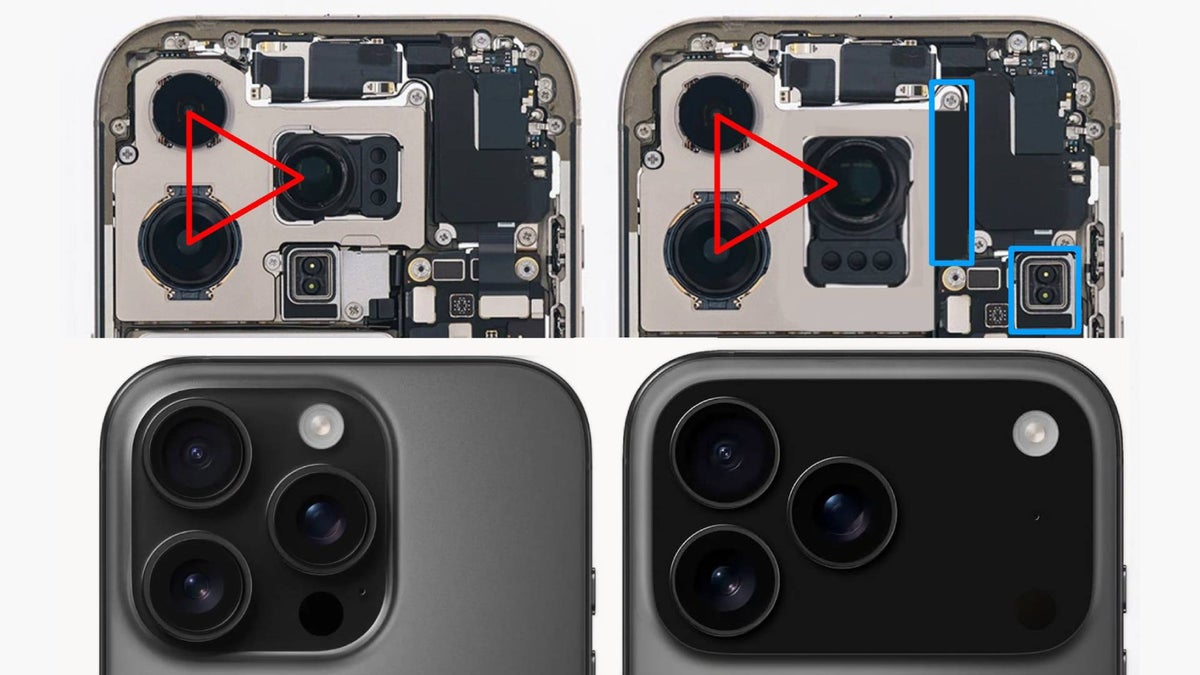Pro garden photographer Andrea Jones explains why she looks forward to winter
For 20 years, Andrea Jones has been one of the world’s foremost garden photographers. She talks about her most daunting assignment, the importance of knee pads and step ladders, and why winter is the most rewarding season for garden photography…
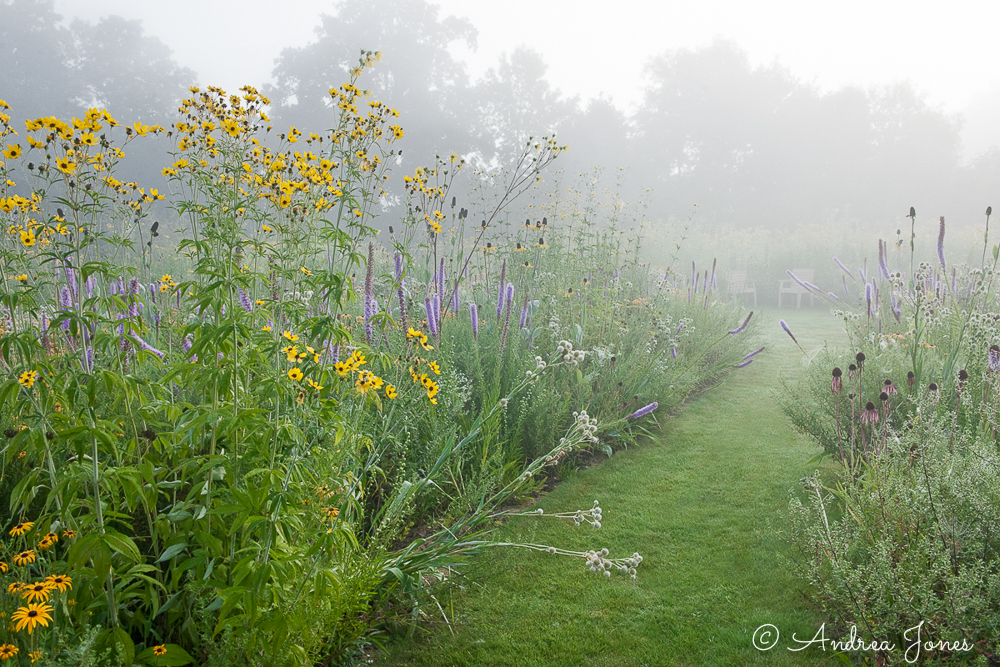
Even though Andrea Jones loved photography from a young age and made it a formative part of her education, it took a while, as she says, to find her focus. She took on various photographic jobs, from buying and selling cameras to assisting professionals and working in studios, but it was while photographing chimpanzees in Africa that she began to realize where her love of photography might lead her. “I went to do a photo shoot documenting a protégé of Jane Goodall, the primatologist,” she says, recalling the trip to the Outamba-Kilimi National Park in Sierra Leone. She continues: “This was the early 1990s, I was photographing chimpanzees, and I had a video camera and a Leica, and I didn’t find photographing very dark, fast-moving animals in the forest to be the easiest! I enjoyed photographing them, but it wasn’t what I thought was going to be my strength.”
Gradually, Andrea became more interested in focusing on the discarded fruits the chimps had been eating, as well as the landscape and plants of the national park. “I knew that I was better at photographing plants.” Given her family history, it might now seem obvious that she would find her photographic future in gardens and plants but, then again, the most interesting garden path is rarely a straight one…
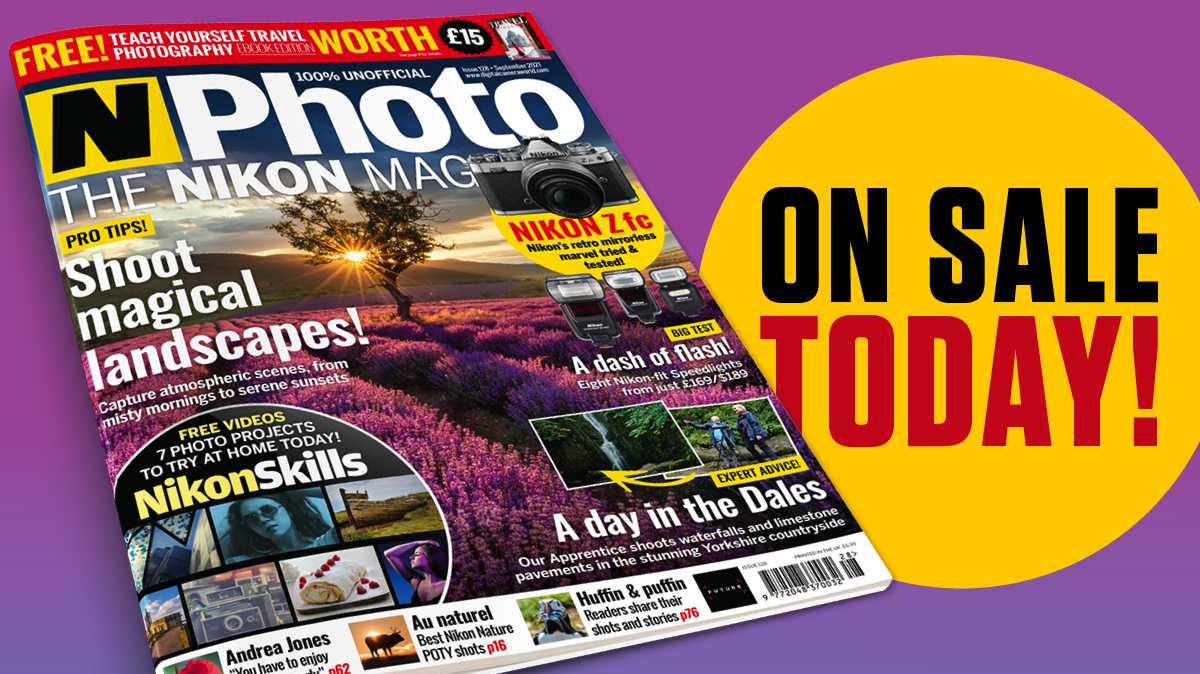
This article originally appeared in N-Photo magazine, one of Digital Camera World's sister titles dedicated to Nikon photographers. Click here to find out more about N-Photo, including how you can subscribe to the print issues or buy digital editions.
DCW: With a garden-loving mother and photography-loving father, didn’t you have the perfect backstory for where you are now?
Andrea Jones: I know, and going back even further, my grandfather, his father, dealt in lenses and imported lenses at the turn of the last century.
Before you got to where you are now there have been a few diversions, but all are photography-related…
I think they all fitted into the pathway somehow. I don’t know whether it was being a woman or just lacking in confidence, but I didn’t have the confidence to put all my eggs into one basket and say, “I’m a photographer and this is what I’m going to do.” I did get various jobs that were in photography and I was always working with cameras or as an assistant, but to actually jump off the cliff and become a freelance photographer is quite a nerve-wracking experience.
It is a gamble, but isn’t it also an educated guess?
It’s funny, it’s worked the other way around for me in so much that I always loved photography. I majored on photography during an art foundation course, so I always knew that was the route, but I think the passion that made it a viable career was suddenly the realization that gardens and plants and horticulture was my focus. Once I got a focus that helped enormously.
How did you break into shooting gardens commercially?
When I got back from Africa I was based in Bournemouth looking for a project, and I was contacted, out of the blue, by a garden that is open to the public in Bournemouth called Knoll Gardens. They commissioned me to photograph their brochure. This is key: when photographing gardens you have to enjoy getting up early in the morning, it’s crucial, and I had been so used to getting up early in the morning in Africa, so it felt natural to be at the gardens at five o’clock in the morning.
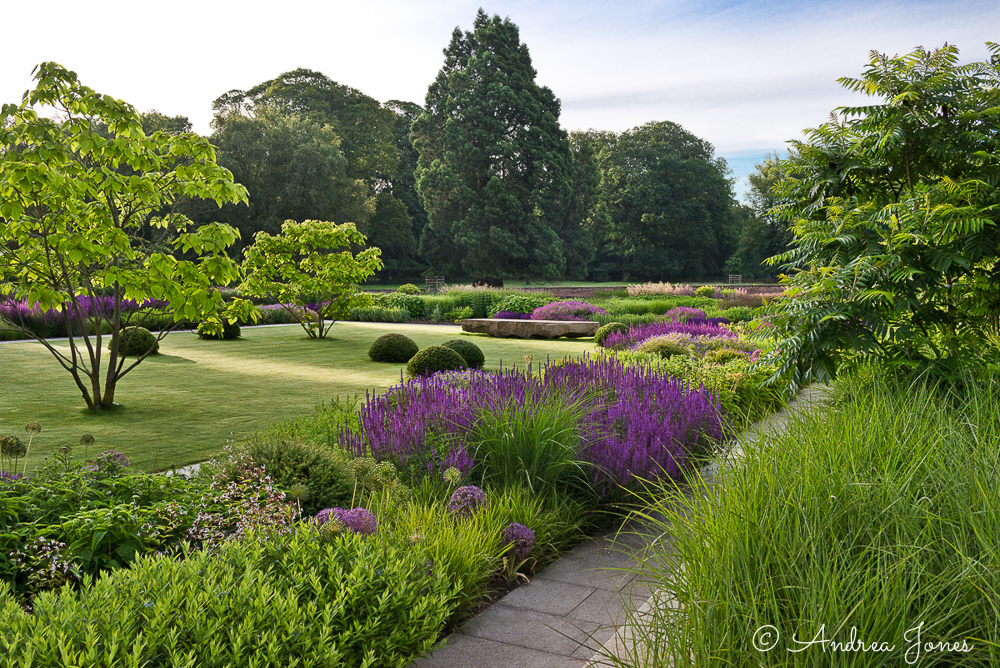
What time of year are we talking?
It was midsummer. At that stage, I thought, “Oh, I can do this.” I watched the light come through the trees, it illuminated the garden, the softness of the light was what was important. I thought, “Yes, this works. It’s a subject I love, I’d like to learn more.”
Get the Digital Camera World Newsletter
The best camera deals, reviews, product advice, and unmissable photography news, direct to your inbox!
Was that your first big garden photography assignment?
It wasn’t a big assignment, but it was the turning point. The first big project was a book for Channel 4, called Garden Doctors. I got to go to all the gardens and be with the crew, and that was exciting. In fact, it was that book that made me ditch my part-time job.
You’ve been to many impressive locations all around the world – what has been the most challenging shoot?
One of the most daunting was last year for Country Life. They contacted me to ask if I would like to shoot a garden on the Isle of Islay. Now it’s not that far away, the west coast of Scotland didn’t seem that hard, but it was in lockdown and it had to be done within about a month.
Why was that?
It was requested by Princess Anne because she was guest-editing the magazine at the time and it was her favourite garden in the UK. She had been there a few times, dropped down by helicopter to this lighthouse with a garden next to it. It’s on the northernmost point on the island and sounded great and exciting, but how was I going to get there?
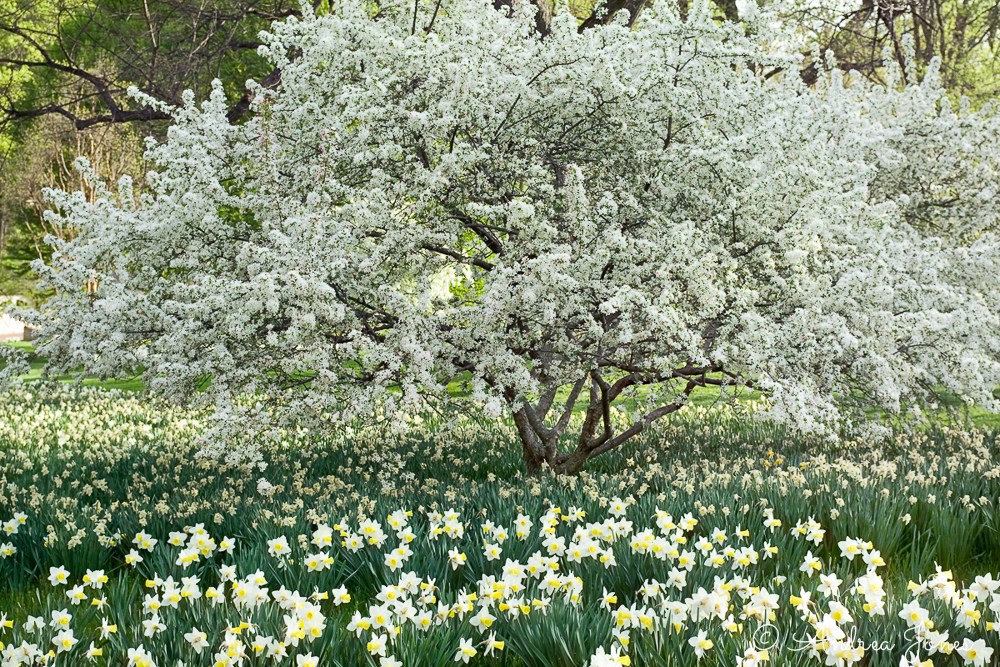
Yes, and in lockdown…
I was told that I couldn’t use a helicopter because of cost, but even if I could have got a helicopter, it wouldn’t have given me enough time to shoot the garden, because with gardens you need an evening and you need first light, and there was nowhere to stay. The owners of the garden were shielding, the nearest you could park was two-and-a-half hours’ walk away. The only way you could get there was by quad bike.
What did you do?
You couldn’t even get a ferry over because the ferries wouldn’t take anyone from the mainland. It was my husband who recalled that someone down the coast had a RIB powerboat, so we made contact and hired the RIB, and a crew of two – a skipper and skipper’s mate – to take me out there, and I could sleep, social distancing, on the boat overnight. And it got worse.
Really? How?
I’m not a great sailor, and it was not a pleasant trip out. If you go out on the Mull of Kintyre, it’s one of the worst crossings. It has a wicked reputation for churning about. It was about 75 miles each way to this location from Girvan Harbour. When we got there, there was no safe place to moor. They could anchor and I was taken into shore by a little powered dingy, and the owners took my kit on the back of their quad bike. It was worth it, it was the most magical sunset and sunrise.
Thank goodness you had the light and weather on your side, at least.
I didn’t! We had a thunderstorm, and the lightning hit the anchor of the boat as the guys were bringing it out! Seriously, you couldn’t make it up. There was thunder and lightning across the water in the morning. It was absolutely magnificent and I got some great shots.
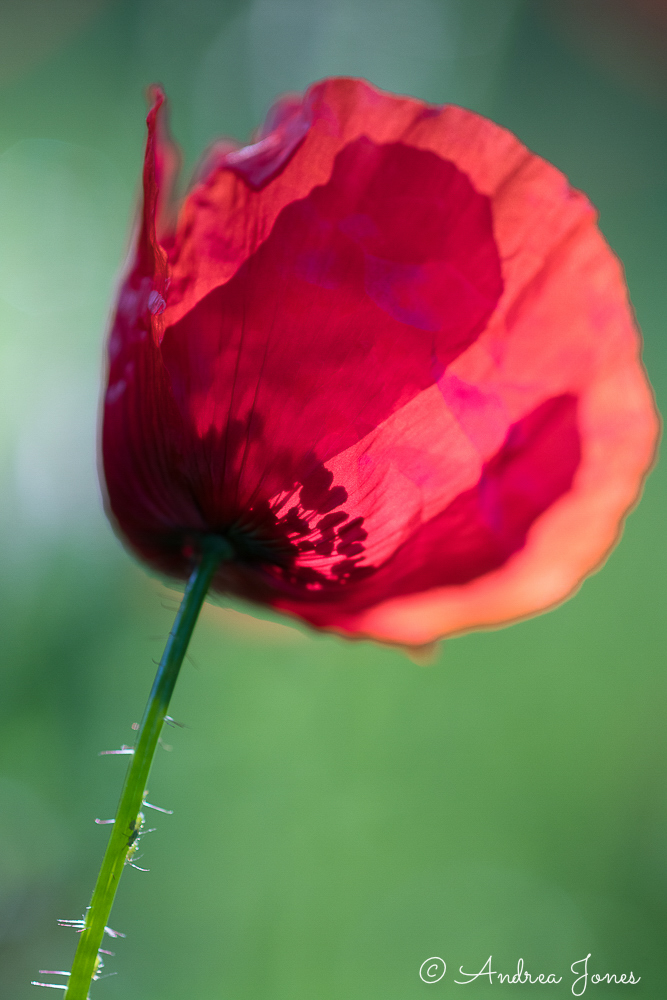
Speaking of islands, earlier this year you did a broadcast called Desert Island Gardens. What was on your list?
The idea was to choose which gardens I felt were pivotal in my career, rather than those that I’d like to be marooned on. The Lost Gardens of Heligan were one, because that was something I got involved with when they were still lost, and the Eden Project – I shot that before it was built. Another was Chanticleer, a garden in Pennsylvania. That was an inspirational garden to work with for a few years, recording their progress.
If you were marooned on one garden of your choice and you had only one lens to take, what would it be?
I’d need two! I’ve got this old Nikon 105mm macro lens. That is one I would take, and the other one would be the 24-70mm f/2.8. That lens and camera combination would probably do about 70 per cent of my work.
What camera are you using now?
The Nikon D850. I’ve still got a D810 too, I keep meaning to upgrade and have two of the same…
What do you always pack when you’re on a shoot?
There are two types of shoot: if it’s in the UK, I will always drive because I like to take as much with me as I can. If it’s abroad, then you have to hone it down. But, assuming it’s a UK shoot, the key thing is a two-step ladder, two different-sized Lastolite Trigrip reflectors both with sunfire/soft silver surfaces, and a kneepad.
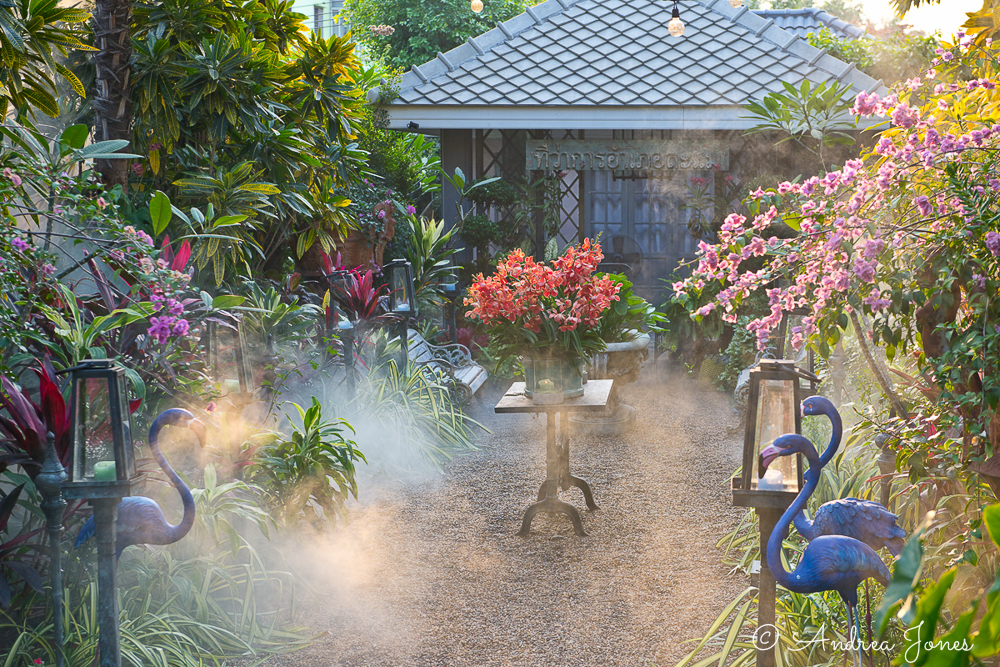
Of course! I hadn’t thought of that.
Your knees get very sore otherwise. I like my Crumpler bag, it works well for me, and I also have a Lowepro bag, which I use more regularly. I have a Nikon 80-400mm. I don’t use it that often but when I need a long lens that’s what I use, and a 14-24mm which I use for overviews, and a Manfrotto tripod.
What sort of head?
It’s a geared head, a Manfrotto 410. I like it and it’s about the best weight for what I can manage, it’s the right height, does all the right things.
Should you go overseas what are you most likely to leave behind?
The only piece of kit that I leave behind is the step ladder. I buy another one as soon as I land. I go to a Home Depot and pick up a step ladder. The other piece of kit is my cart, a Foldit cart. It’s a fold-up trolley that carries everything for me and is my hub for my work. I’ve had that for about 20 years.
Have you used any of the mirrorless Z-series cameras yet?
I haven’t yet. I’m not 100 per cent convinced, but I guess the latest technology would convince me, but there was always a tiny bit of time lapse between seeing and shooting. With plants, your accuracy is so specific; if something moves and you’re just a millisecond out, you’ve lost the shot. If I was using it purely for overviews or larger views it would be fine, but I fear to rely on something for the close-ups and there’s a little breeze or a gust… I haven’t been convinced yet and I’m very happy with what I’ve got.
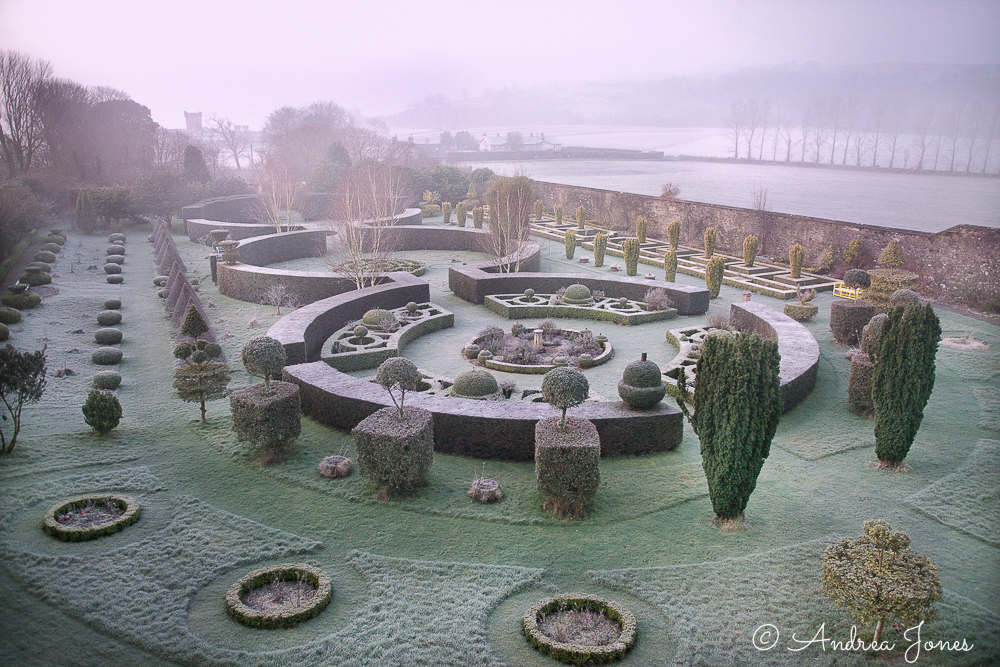
Summer has always been strongly associated with flowers and gardens, but which for you is the best season photographically?
It’s usually the one I’m in! I love autumn, the atmosphere, the light, the colours, the intensity. I would go for autumn, but for the point of view of selling features, I’d choose winter.
Why is that?
Well, if you can capture a good winter garden at the right moment, which is the hardest thing, you can sell it time and time again.
Is it a case also that there are fewer obvious places to be able to pull that off?
Definitely. I’ll give you an example. The editor at House and Garden researched a garden on the west coast of Scotland. A lot of the gardens that you find are photogenic, for some reason they tend to be on the coast. They need structure, they need topiary, because if you’re photographing a garden in winter and it’s got a beautiful layer of snow, if it hasn’t got structure or shapes to it, or form, there’s nothing to shoot. So, to find one with a lot of good structure is the key, and then ideally to find one with the right layer of snow; you don’t want too much, otherwise there’s no structure left, and you don’t want too little otherwise it’s melting and looks bad. Trying to find the right one is difficult.
Clearly not easy…
It took four or five trips to capture this garden. Most gardens I shoot successfully, it’s very unusual to get it first time, you have to be prepared to go back, and have your eyes glued to forecasts. Weather forecasts are really important, for any season.
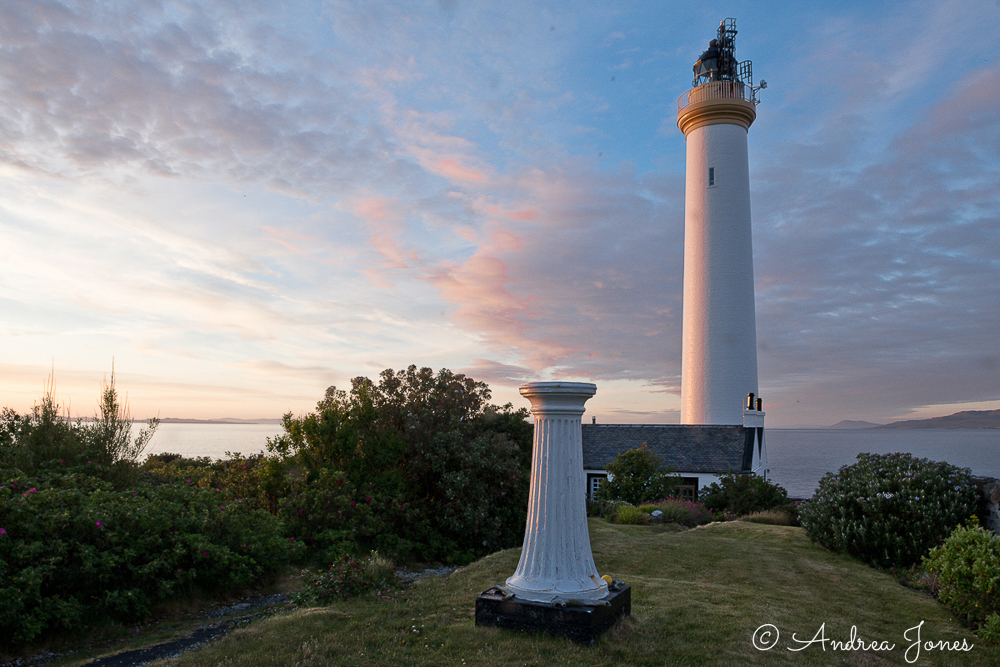
The ‘English country garden’ is a popular phrase that evokes a powerful image. Which one would you always go back to?
There’s no shortage, there’s so many. Probably the best garden designer in the UK is Tom Stuart-Smith. I worked with him, contributing amongst a few other photographers to a new book called Drawn from the Land, written by Tim Richardson. Another garden that I’m working on at the moment, which I have returned to time and time again, is Melbourne Hall in Derbyshire.
How has the pandemic affected your work and what positives have come out of it for you?
I’ve bought a campervan! Nine times out of 10 I would stay in the home of the garden owner and they would put me up. I wouldn’t ask to do that now, so I’m self-sufficient, which has its plus points because I’m therefore in the garden at five o’clock in the morning and don’t even have to come down the stairs!
Where are you thinking of heading off to next in your campervan?
I’m planning a trip to Ireland. It’s an easy run from here. We’re less than an hour from the ferry, and I do love photographing in Ireland. I have a number of gardens I want to revisit and some new ones to explore. That’s my next mission.
The Photography Show 2021
Andrea Jones is one of the Nikon pros speaking at this weekend's show…
DCW: Can you give me a brief taste of what to expect?
Andrea Jones: I’ll be running through a series of gardens and adventures that I’ve had in different places and what I’ve learnt. There will be a few tips about how to plan. I have a process that I go through to make sure that I have every angle I’ll need. I make sure I’ve covered things like the overview, different borders, combinations of plants, individual plants, the owners of the garden or the designer, something practical. You’ve got to turn your hand to lots of different types of photography. You’ve got to be able to photograph people, some action shots. Also, in order to sell the feature, you’ve got to put all the details of what’s in every shot in the metadata.
The Photography Show runs 18-21 September 2021
Related articles:
7 essential sessions you must see at The Photography Show 2021
5 must-see talks at The Photography Show & The Video Show
The Photography Show 2021: Everything you need to know about the super event
Nikon announces inspirational speaker lineup for The Photography Show 2021
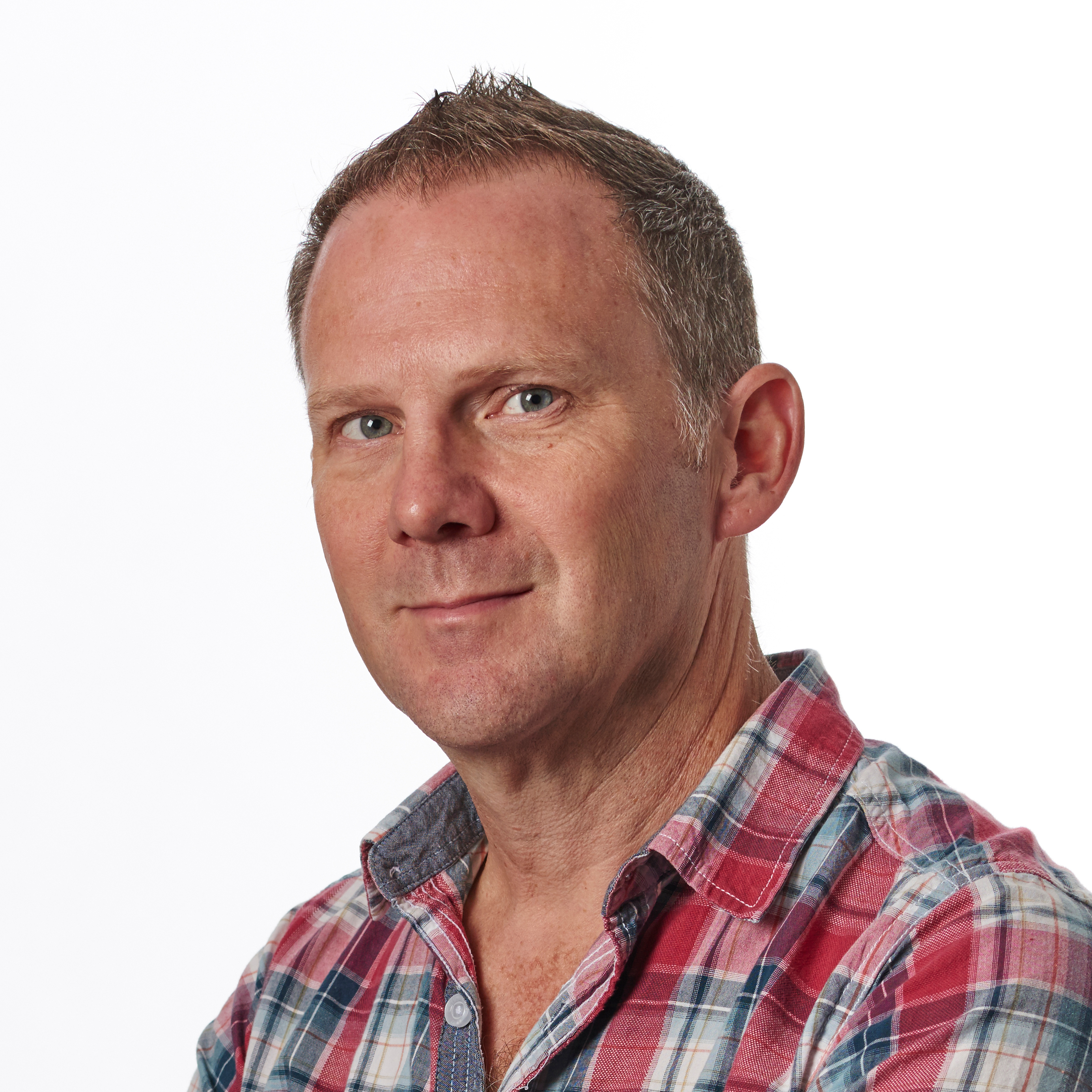
Prior to joining digitalcameraworld.com as Guides Editor, Adam was the editor of N-Photo: The Nikon Magazine for seven years, and as such is one of Digital Camera World's leading experts when it comes to all things Nikon-related.
Whether it’s reviews and hands-on tests of the latest Nikon cameras and lenses, sharing his skills using filters, tripods, lighting, L brackets and other photography equipment, or trading tips and techniques on shooting landscapes, wildlife and almost any genre of photography, Adam is always on hand to provide his insights.
Prior to his tenure on N-Photo, Adam was also a veteran of publications such as PhotoPlus: The Canon Magazine, so his wealth of photographic knowledge isn’t solely limited to the Big N.
